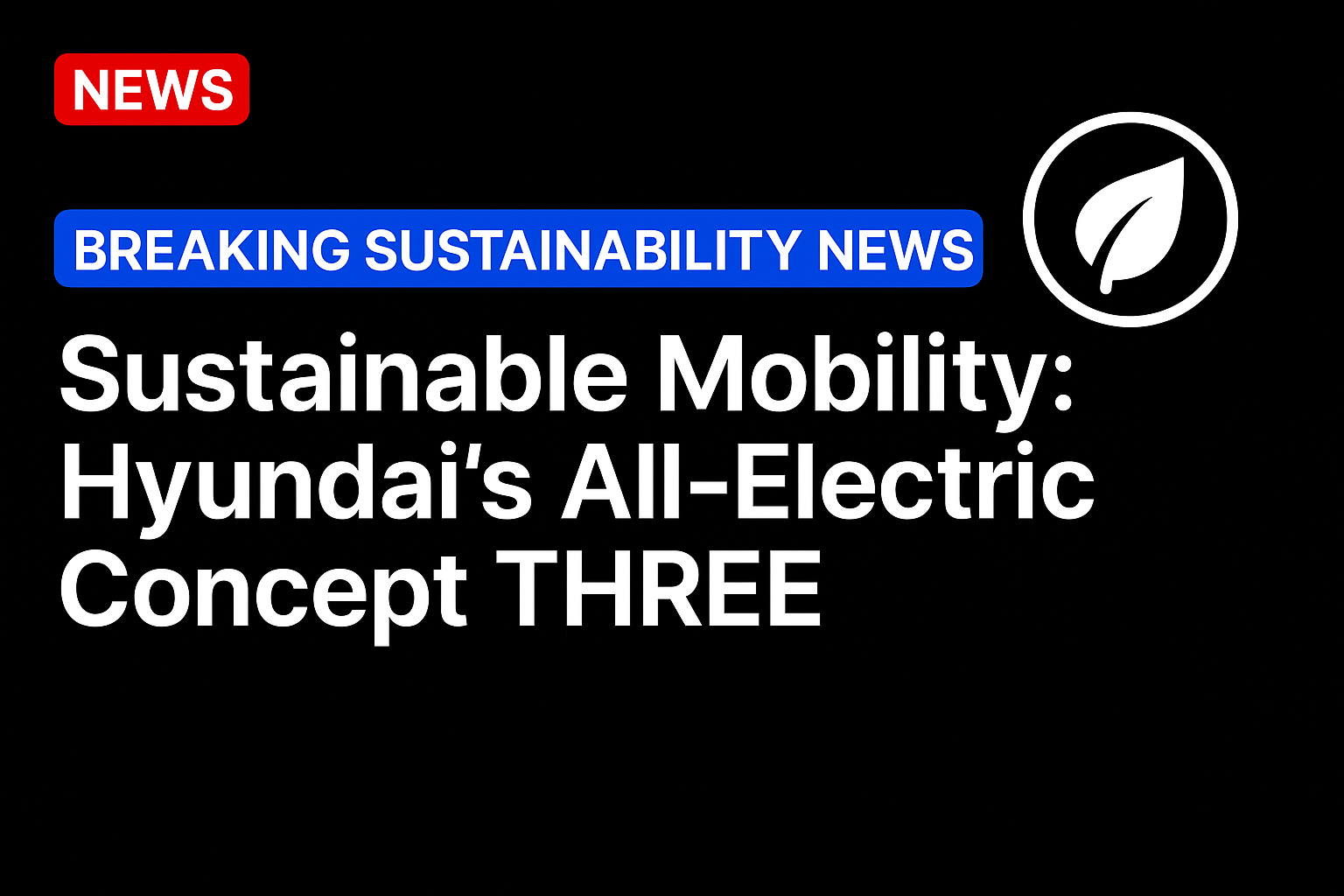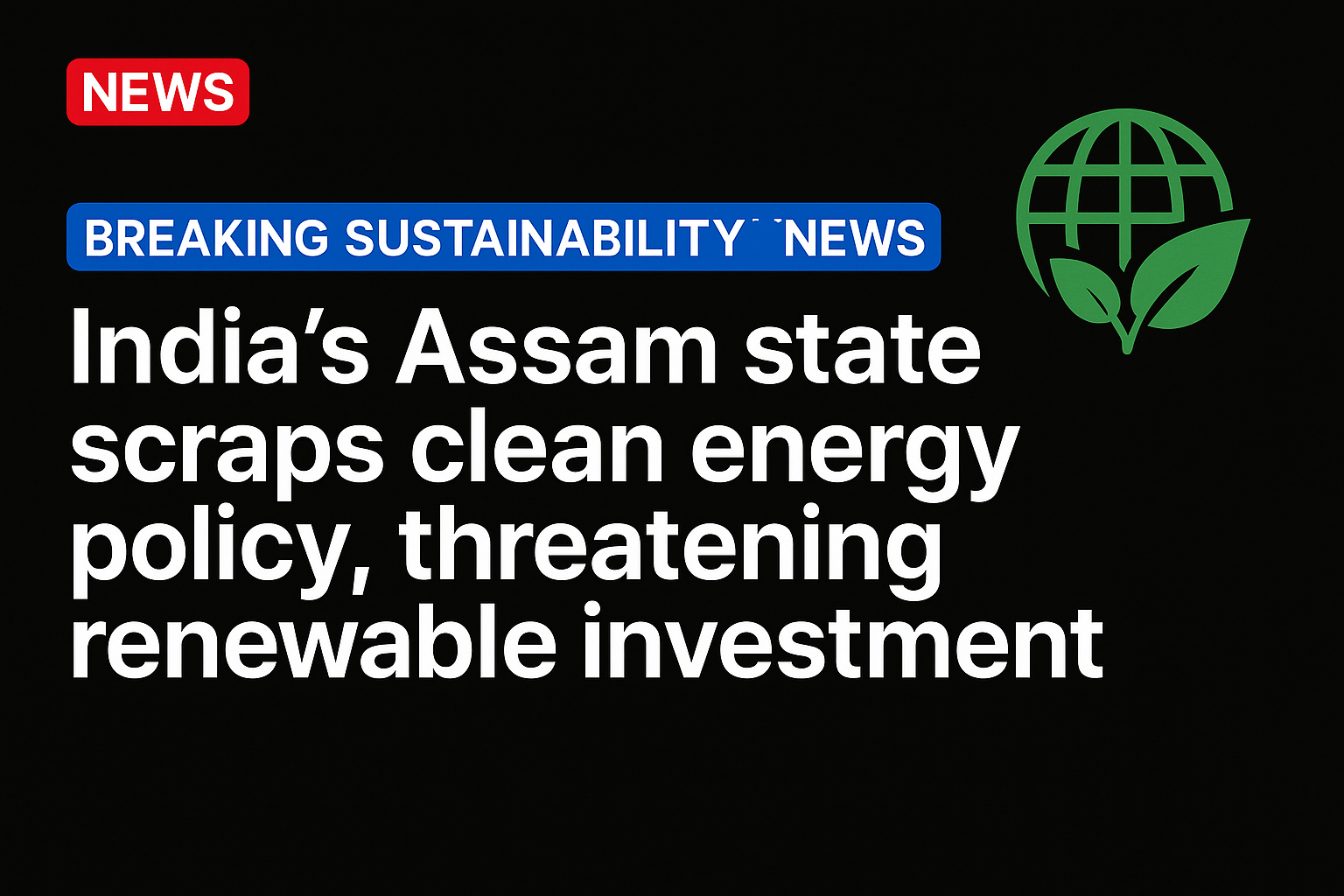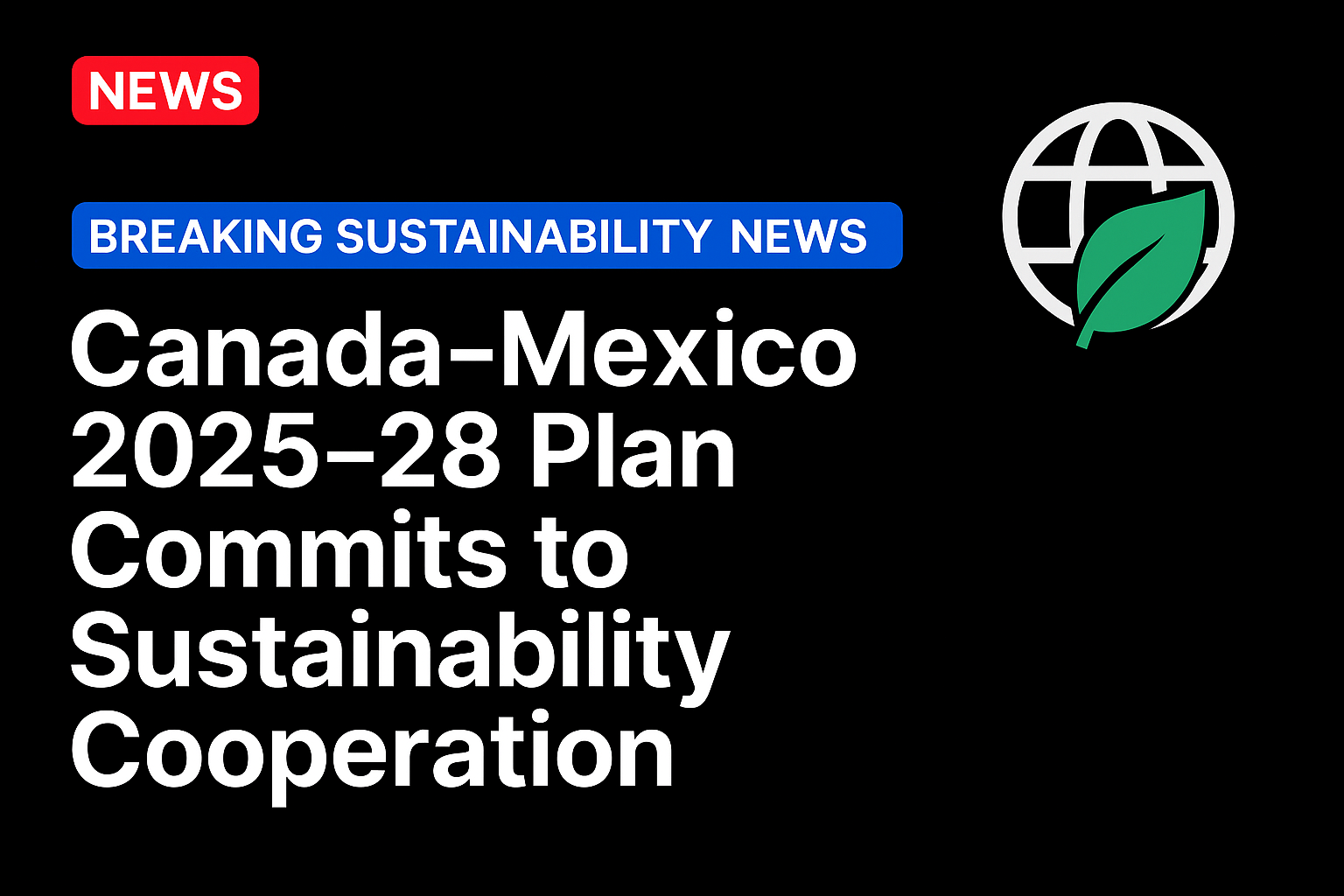Hyundai reveals its Concept THREE, a compact electric vehicle under its IONIQ sub-brand, highlighting its focus on sustainable urban mobility in Europe
Hyundai Motor Company has revealed its Concept THREE at the IAA Mobility 2025 show in Munich, the first compact EV concept released under its IONIQ sub-brand.
The launch highlights Hyundai’s focus on furthering its electrification strategy in Europe, responding to a growing demand for sustainable vehicles suitable for urban environments, while also developing its design language and customer experience.
Concept THREE is the first compact EV concept from Hyundai, extending the IONIQ line-up which previously consisted of midsize and large electric models.
With a length of 4,287mm, a width of 1,940mm and a 2,722mm wheelbase, the vehicle presents a combination of space efficiency and practicality that could be well suited for European cities.
https://www.youtube.com/embed/t8JrZLMtF2U
Expanding Hyundai’s EV Offering
The car’s compact form is combined with Hyundai’s “Art of Steel” design philosophy, which aims to turn structural strength into a design feature using flowing volumes and clean lines.
An Aero Hatch profile helps aerodynamic performance while Parametric Pixel lighting at the front and rear provides a distinct visual signature.
The introduction of a compact model is a notable step in Hyundai‘s European strategy.
“Returning to IAA Mobility after four years away is a true milestone and such as occasion deserves a milestone car,” says Xavier Martinet, President and CEO of Hyundai Motor Europe.
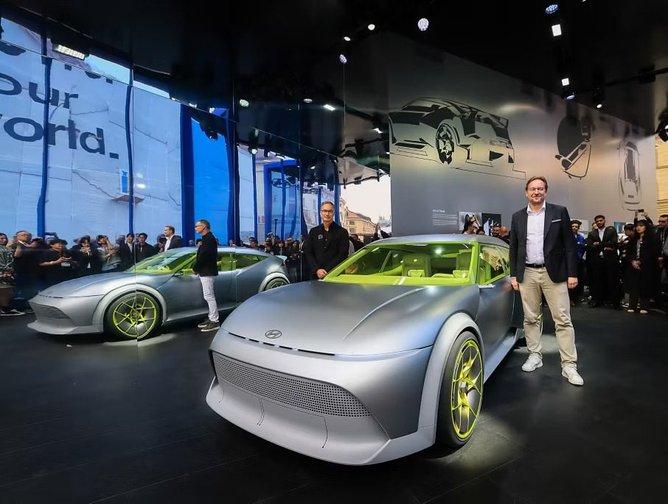
“Concept THREE represents the next step in Hyundai Motor’s electrification journey.
“With its compact dimensions and Art of Steel design language, it embodies our vision of delivering mobility that is practical, accessible and emotionally resonant.”
These design details add a level of depth to the car’s exterior, positioning it as both new and approachable.
Sustainability in design
The interior of Concept THREE features a focus on sustainability through the use of recycled and responsibly sourced materials.
Materials such as ocean waste textiles, recycled plastics and lightweight aluminium foam are used in the cabin.
This material strategy highlights Hyundai’s objective to lower the environmental footprint of its vehicles.
The interior colour scheme that combines lemon-tinted glass and Moonbeam Yellow accents with grey tones, is designed to create an expressive but calm cabin environment.
In addition to the material choices, the “Bring Your Own Lifestyle” (BYOL) modular widgets allow drivers and passengers a degree of personalisation.
The inclusion of “Mr. Pix”, a symbolic and interactive design character, is intended to add a layer of engagement.
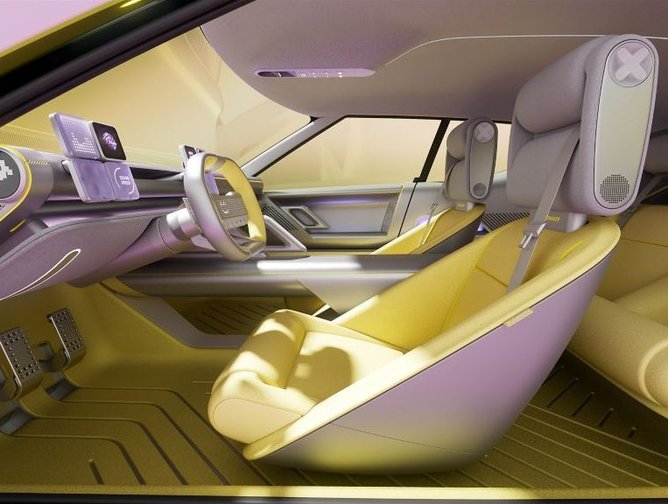
By mixing sustainable material choices with human-centric design elements, Hyundai is demonstrating how eco-conscious engineering can be presented with warmth and clarity.
European clean mobility strategy
Europe is a central part of Hyundai’s electrification strategy. According to Hyundai, nearly 80% of its vehicles sold in the region are also built there.
Compact EVs like the Concept THREE could be important in tackling mobility issues that arise from urbanisation, stricter emissions regulations and consumer demand for clean transport options.
Hyundai has stated a commitment to electrify every model in its European range by 2027 and plans to release 21 global EV models by 2030.
Hyundai’s use of 800V architectures in its IONIQ models allows for faster charging times and more efficient power delivery.
At IAA Mobility 2025, Hyundai is displaying seven electrified models, including the KONA Electric, IONIQ 5, IONIQ 6 N and IONIQ 9, alongside the new Concept THREE.
Hyundai’s 58-metre-wide exhibition stand, which takes inspiration from its Parametric Pixel lighting design, uses large glass structures to reinforce the brand’s design-led approach.
Through design showcases, demonstrations of in-car modular accessories and other displays, Hyundai is using the platform to show its technological direction and its wider mission to make electrification a desirable, accessible and sustainable option for European customers.
Source: https://sustainabilitymag.com/

